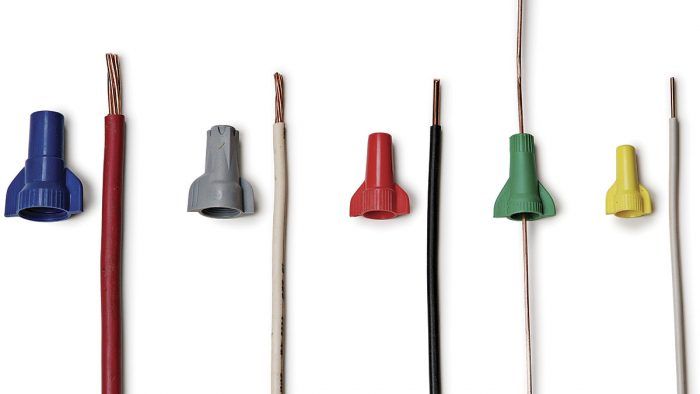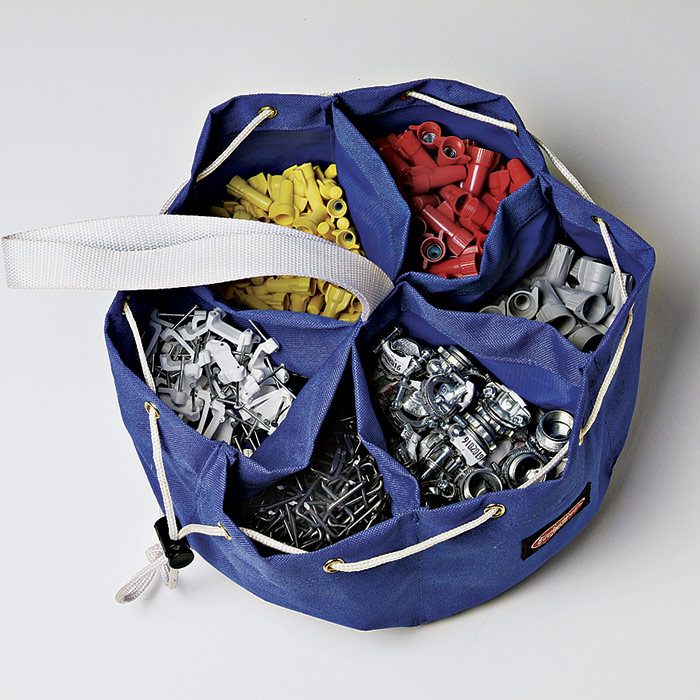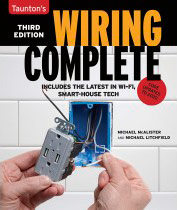
Circuit components must be matched according to their load ratings. For example, a 20-amp receptacle must be fed by 12AWG cable, which is also rated at 20 amps, and protected by a 20-amp breaker or fuse. Thus, wire comes in several gauges meant for different loads. The higher the gauge number, the smaller the wire. Larger wires can carry greater amperage, just as a larger pipe can carry greater water volume. If you use too small a wire, the resistance (measured in ohms) is too great and the wire can melt, causing a house fire. That’s why it’s important to use the right gauge wire for the load.
One other thing to consider when running circuits over long distances is that the voltage will diminish as the length of the cable increases. This can be alleviated by using a larger diameter wire, similar to how you would use a larger water pipe on a long plumbing run to maintain sufficient water pressure. You should ask your electrical supplier to calculate the correct wire size for circuits that cover long distances (such as a feed to a subpanel in an outbuilding), or you can use an online voltage drop calculator if you know all of the parameters of your planned circuit.

Wire connectors
Wire connectors, sometimes called by the popular brand name Wire-Nut®, twist onto a group of like-colored wires to splice them together and ensure a solid mechanical connection. The importance of solid connections between spliced wires (or between wires and devices) can’t be overstated. If wires work loose, electricity can arc (leap the gap) between them and cause a house fire. Wire connectors are sized according to the number of wires and/or wire gauge they can accommodate; each size is color coded.

Excerpted from Wiring Complete, 3rd Edition (The Taunton Press, 2017) by Michael Litchfield and Michael McAlister
Available in the Taunton Store and at Amazon.com.






